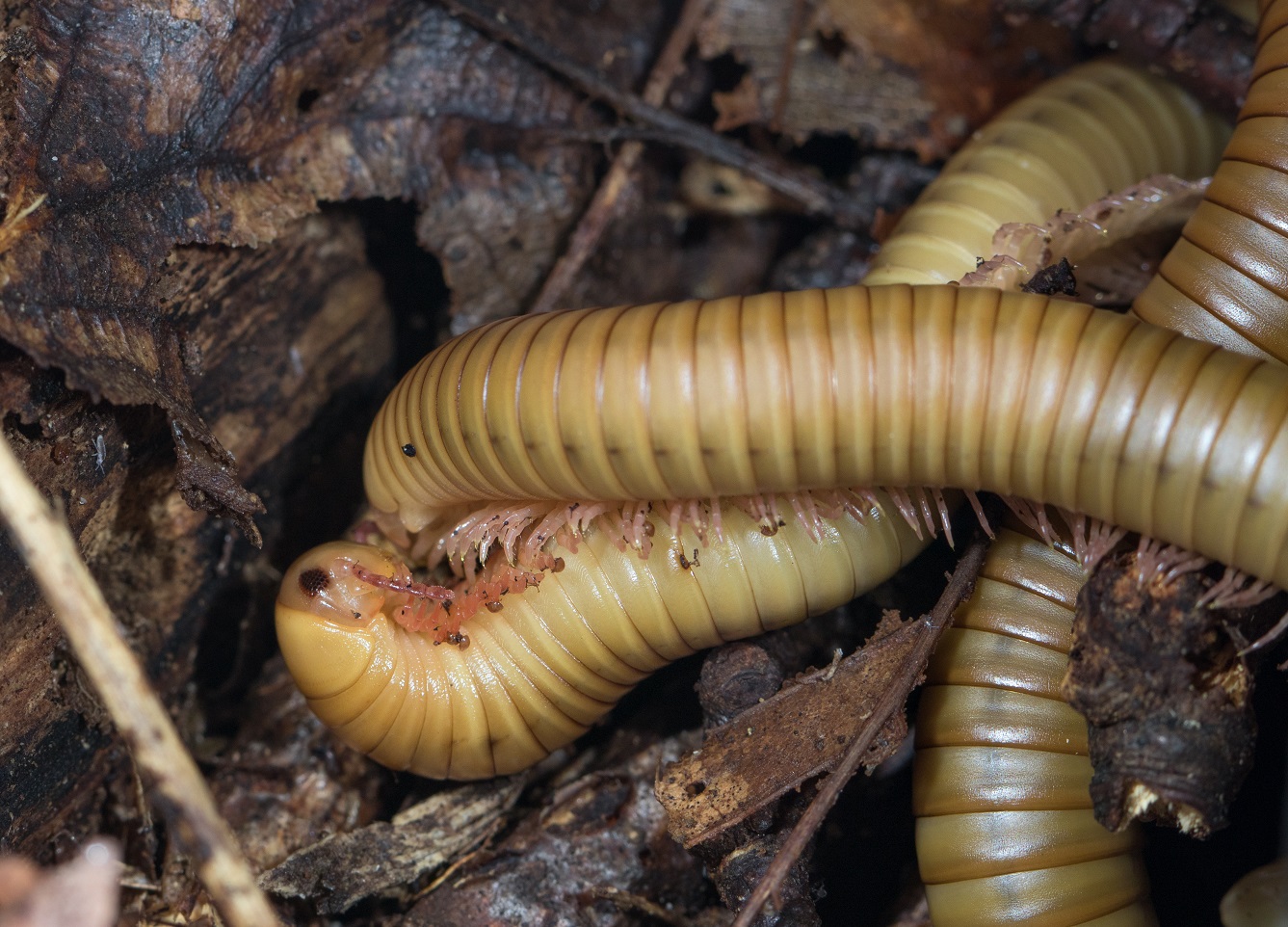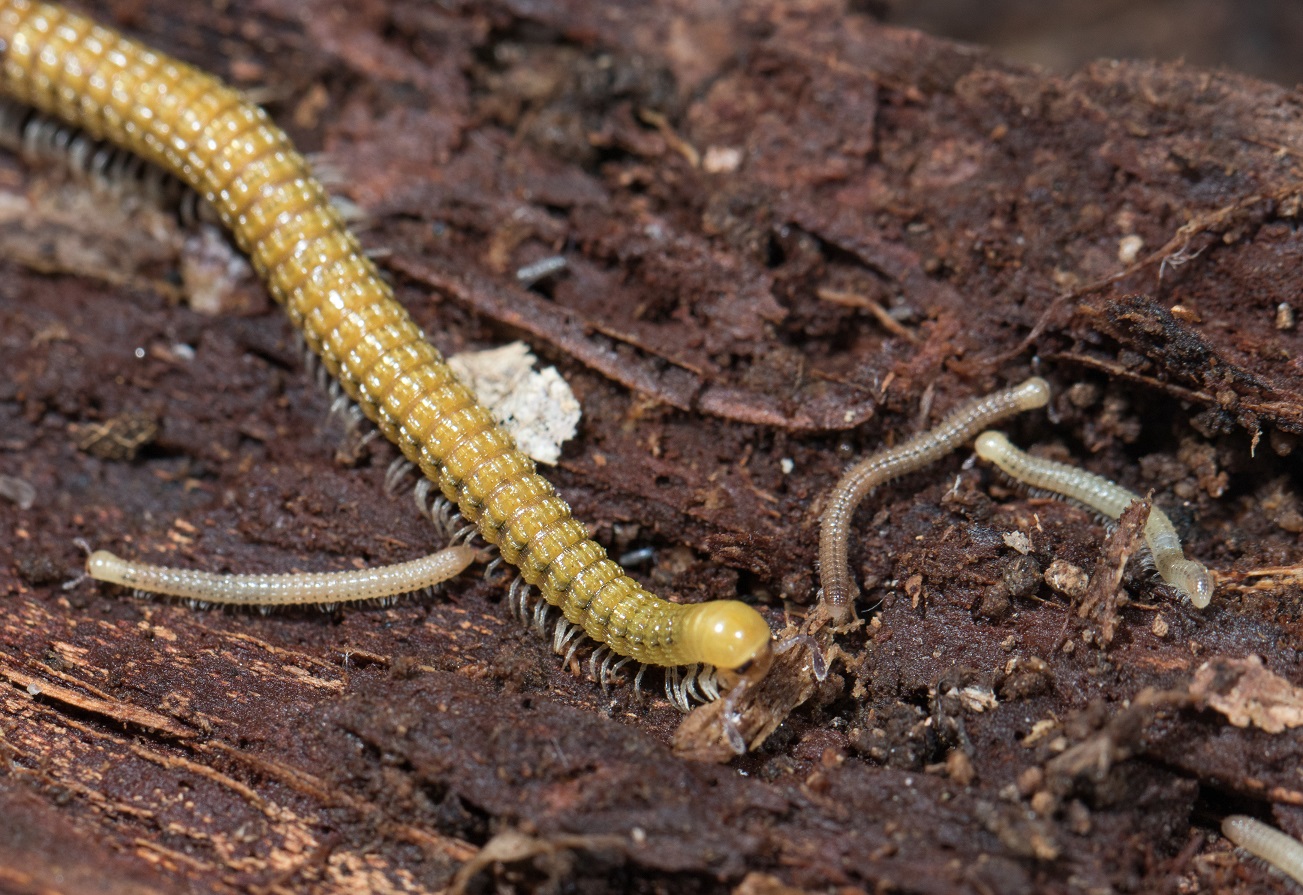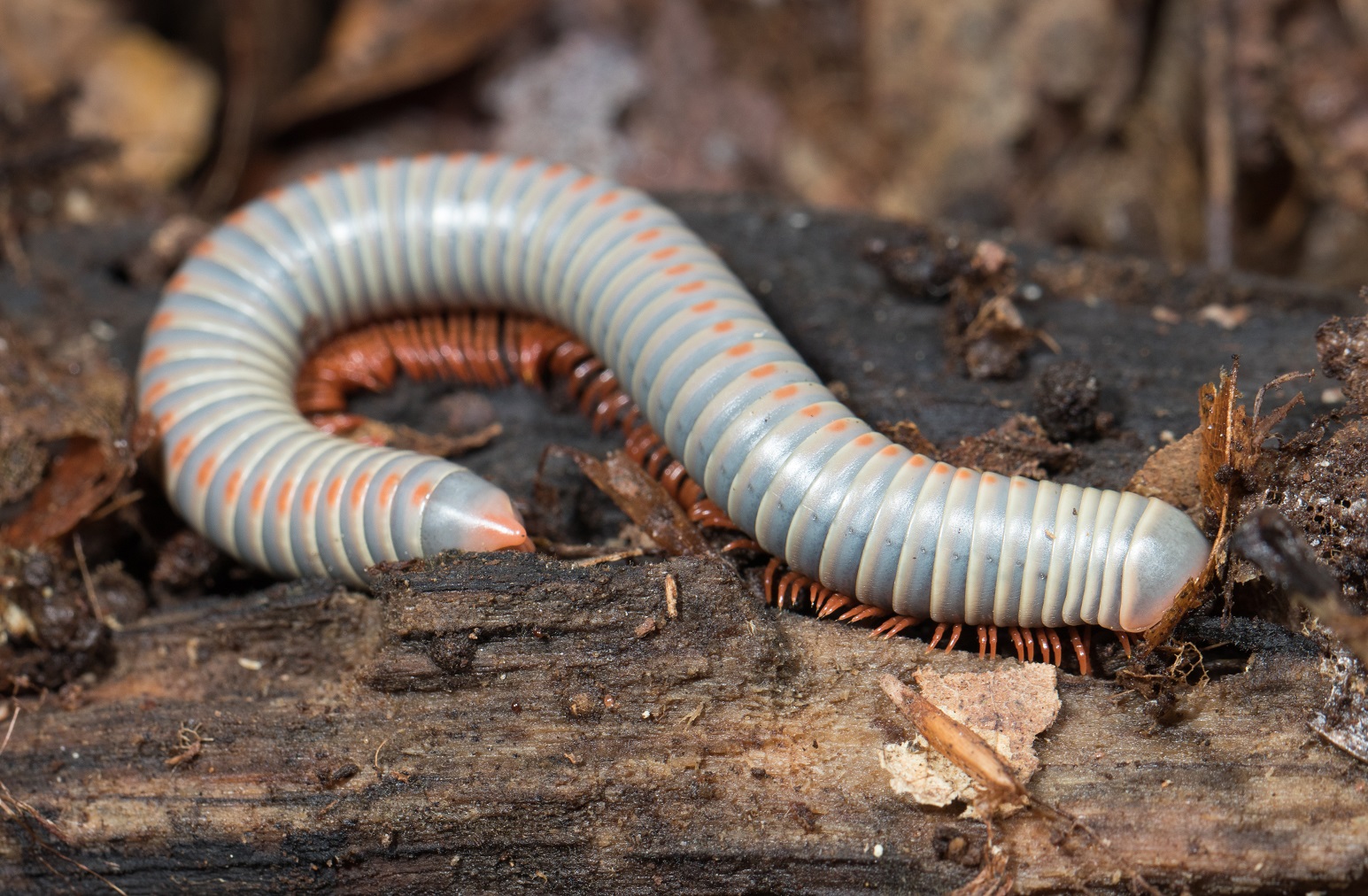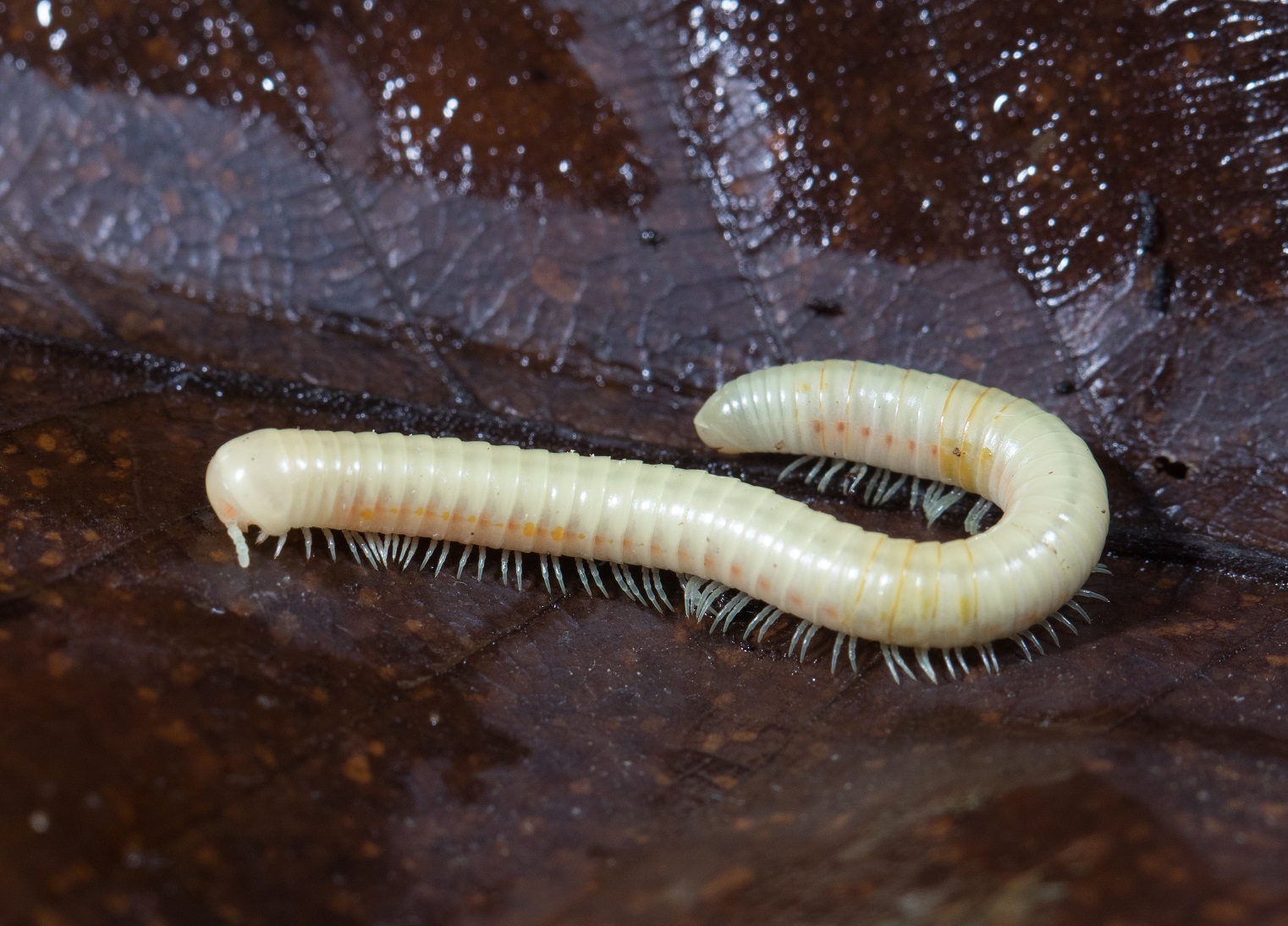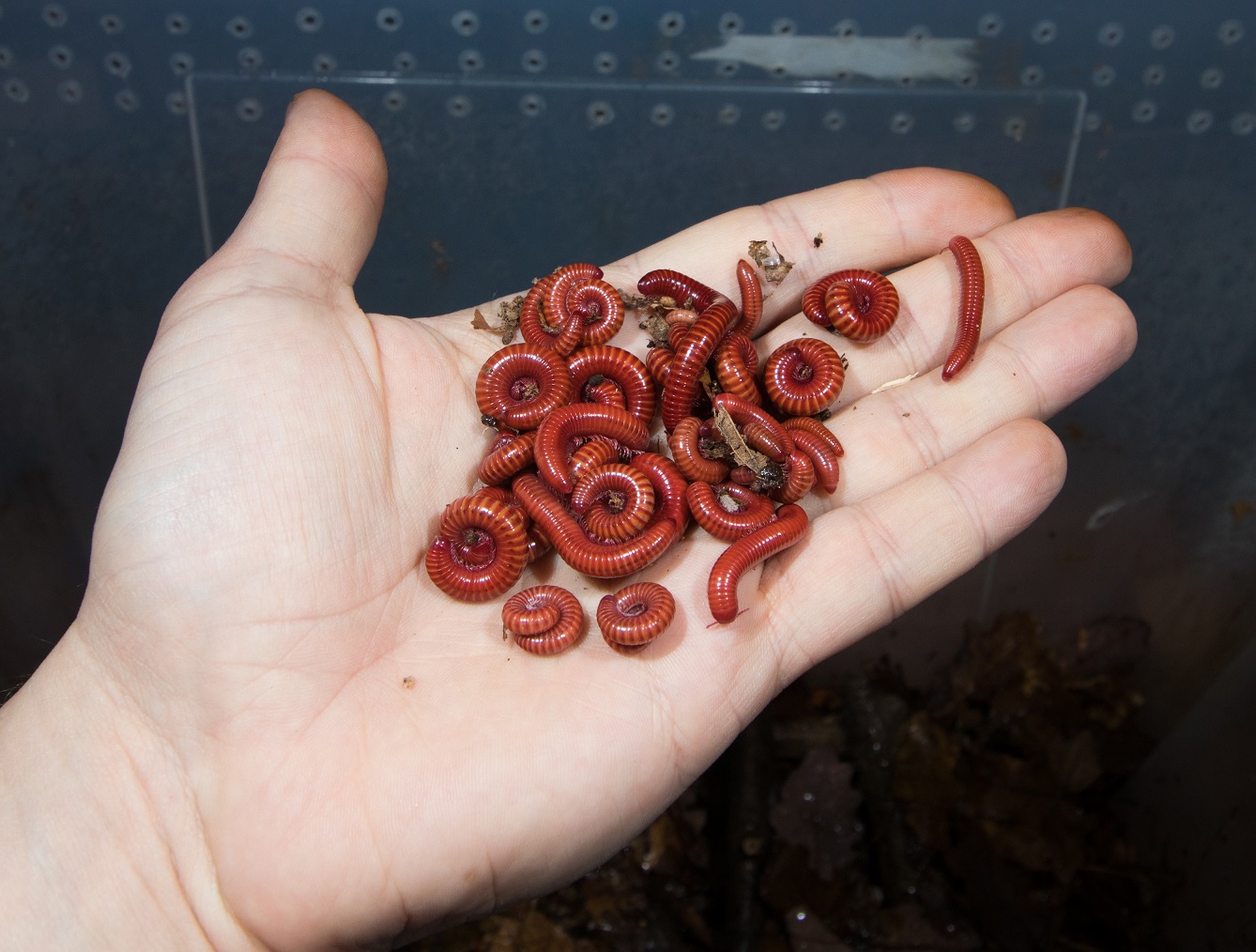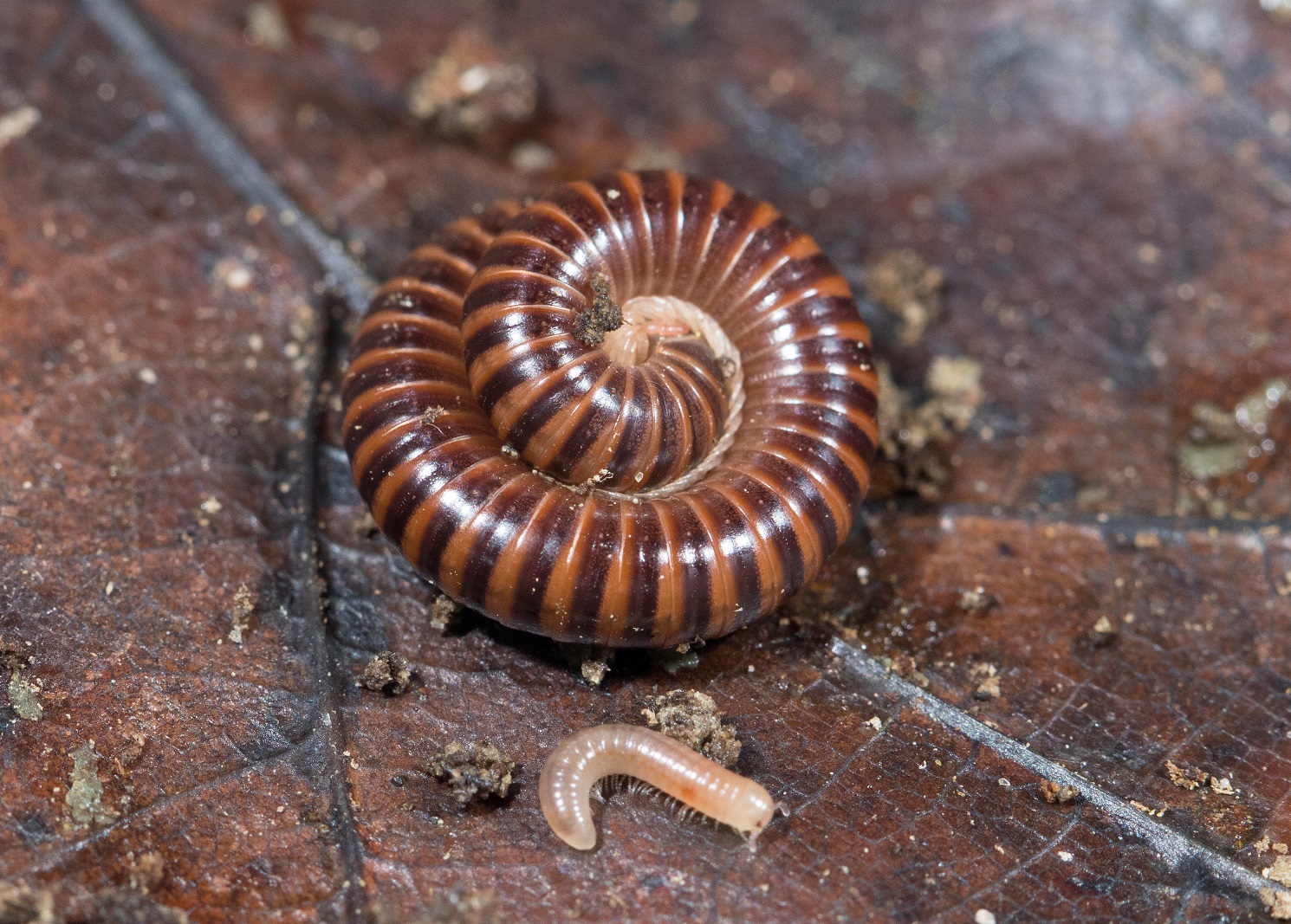Ponerinecat
Arachnobaron
- Joined
- Apr 3, 2020
- Messages
- 341
Hello, a question. How do you keep your Polyzonium germanicum? My native Octoglena anura are related and probably have very similar care, any help would be appreciated. Wonderful collection by the way!



